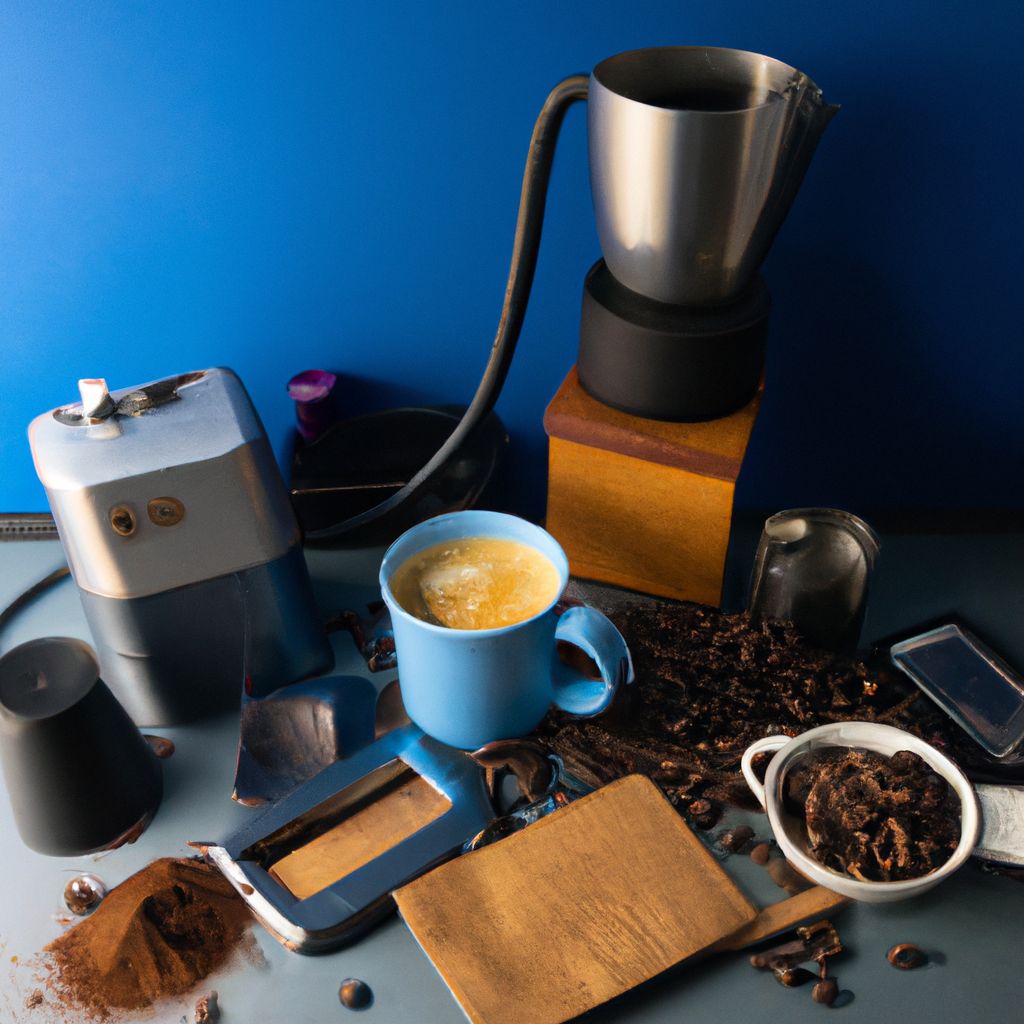- Introduction to Coffee
- Coffee Production Process
- Exploring Coffee Flavors
- Brewing Techniques
- Latte Art and Presentation
- Serving and Tasting Coffee
- Coffee Pairings
- Sustainability in Coffee Production
Introduction to Coffee
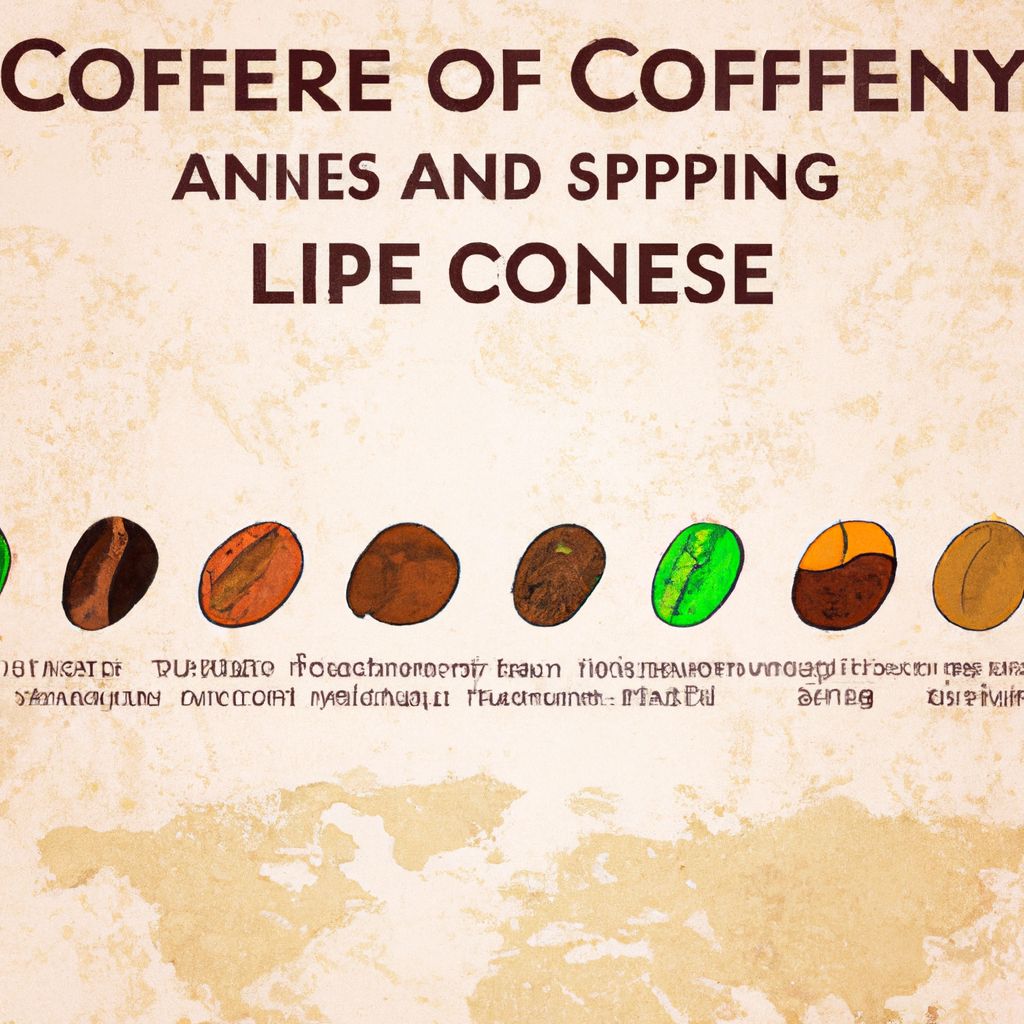
Introduction to Coffee
Coffee, a beloved beverage worldwide, boasts a rich and intriguing history. Its origins trace back to the ancient coffee forests on the Ethiopian plateau. Legend has it that a goat herder discovered the energizing effects of the coffee plant, and word soon spread to the Arabian Peninsula, eventually reaching the rest of the world.
Today, coffee is grown in a multitude of countries around the world. Different types of coffee beans are cultivated, each offering unique flavor profiles and strengths. The two most commonly known types are Arabica and Robusta.
| Type | Description |
|---|---|
| Arabica | Known for its sweet, soft taste, Arabica contains less caffeine than its counterpart and is considered of higher quality. |
| Robusta | Robusta has a stronger, harsher taste, with a grain-like overtone and peanutty aftertaste. |
Over the centuries, coffee has woven itself into the fabric of many societies. It's more than just a beverage—it's a symbol of hospitality, a catalyst for conversation, and an integral part of cultural rituals. For example, in Ethiopia, the birthplace of coffee, it's common to participate in coffee ceremonies that involve roasting beans, brewing coffee in a clay pot, and drinking it with popcorn or bread.
In Italy, coffee drinking is considered an art form. Espresso shots are gulped down at the bar, cappuccinos are enjoyed in the morning, and after dinner, you might sip on a caffè corretto—an espresso "corrected" with a shot of liquor.
Indeed, coffee's cultural significance is as varied as the nations that embrace it. Its rich history, diverse types, and deep-rooted societal roles make it a fascinating topic to explore.
Coffee Production Process
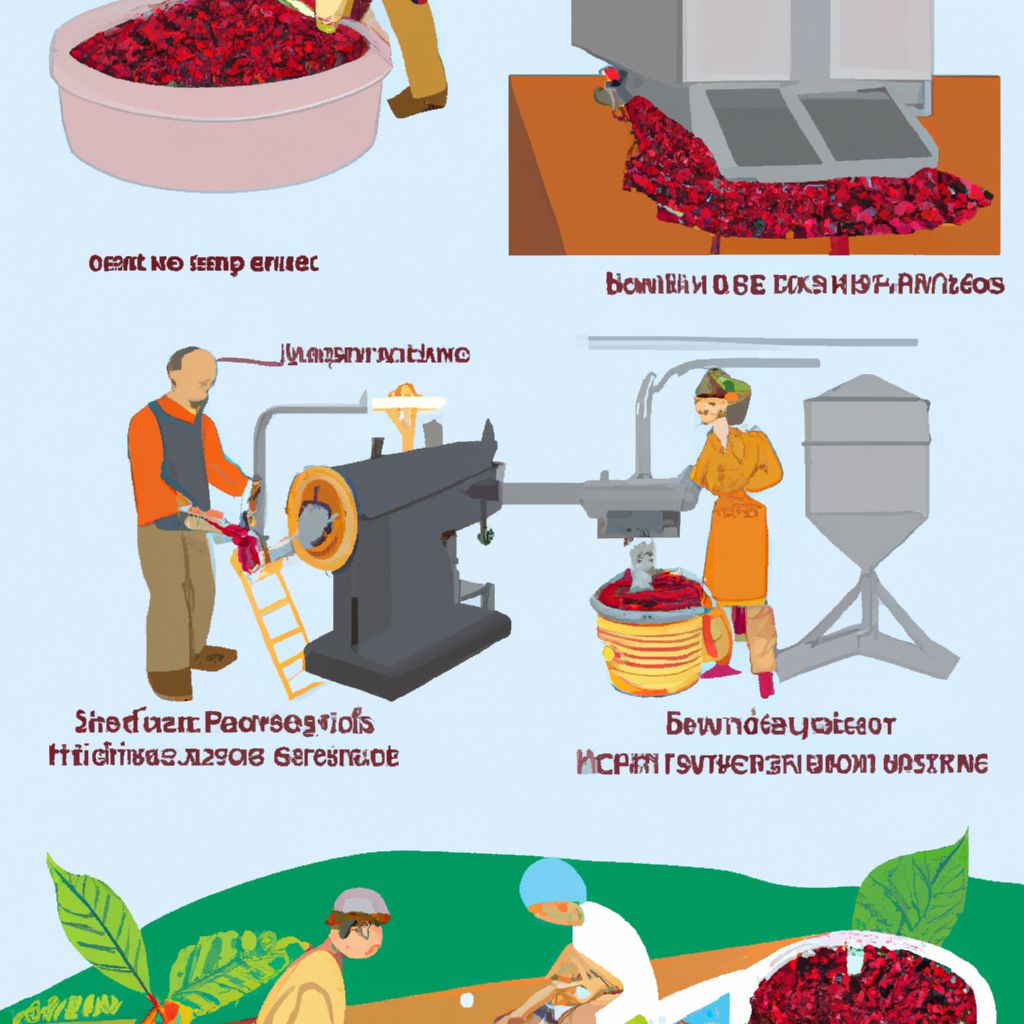
Coffee Production Process
The journey of a coffee bean from the farm to your cup is a complex and fascinating process. It involves several critical stages, including harvesting, processing, roasting, and grinding.
- Harvesting
- The coffee production process begins with harvesting. Coffee trees produce cherries, which are hand-picked once they turn a bright, deep red - a sign of ripeness. This process is labor-intensive and requires precision to ensure only ripe cherries are picked.
- Processing
- After picking, the coffee cherries are processed using one of two methods: dry or wet. In the dry method, the cherries are spread out in the sun to dry. They're turned throughout the day and covered at night to prevent them from getting wet. In the wet method, the pulp of the cherry is removed before they are dried. This method is more labor-intensive but often results in a higher quality coffee.
- Roasting
- Once dried, the beans are hulled, polished, and sorted. They're then roasted at temperatures around 550 degrees Fahrenheit. The roasting process is what gives coffee its distinctive aroma and flavor. The length of the roasting process will determine whether the coffee is light, medium, or dark roast.
- Grinding
- The final step in the coffee production process is grinding. The beans are ground to a consistency that resembles coarse sea salt. The grind size will affect the taste of the coffee—coarser grinds are typically used for French press coffee, while finer grinds are used for espresso.
Each stage of the coffee production process contributes to the final product's taste, aroma, and quality. The expertise and care taken at each step ensure that the coffee you enjoy each day is the best it can be.
Exploring Coffee Flavors
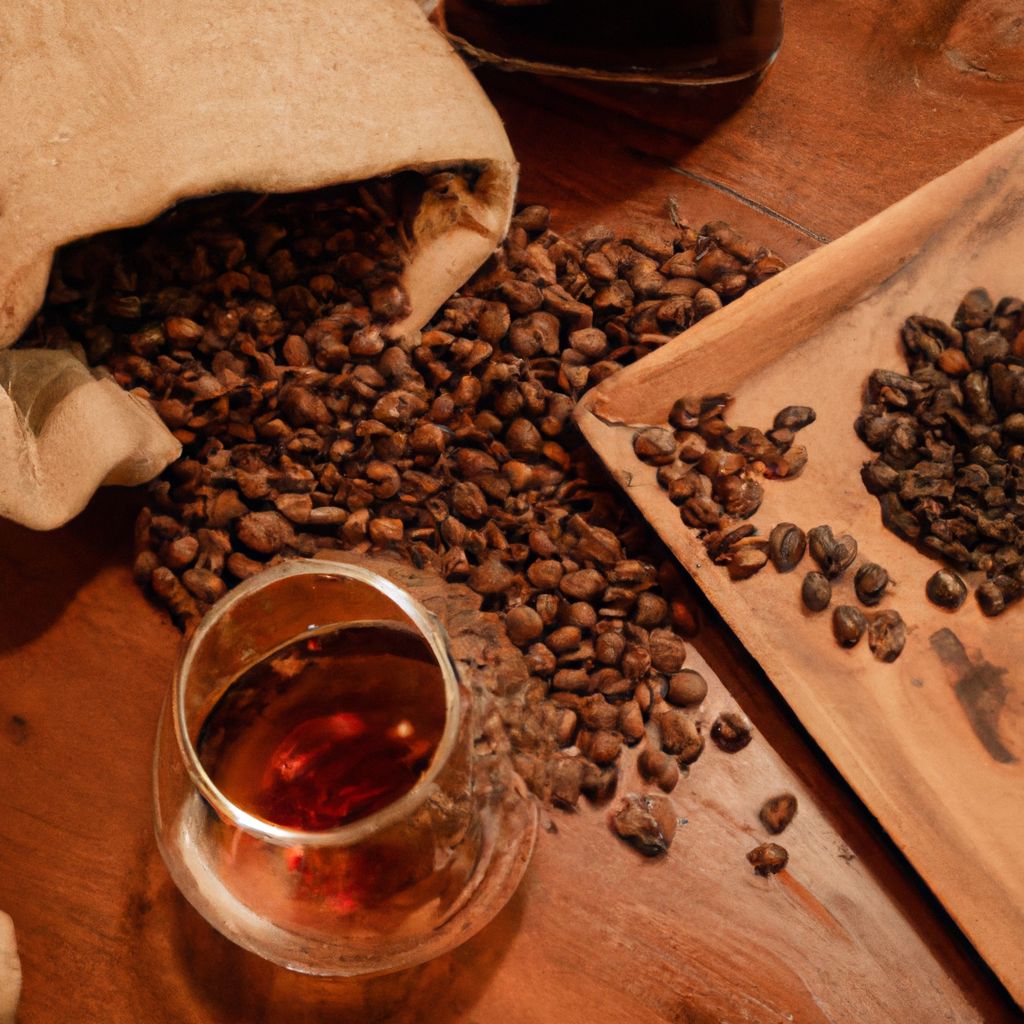
Exploring Coffee Flavors
The world of coffee flavors and aromas is as diverse as the regions where the coffee is grown. From fruity to earthy, nutty to spicy, the flavor profiles of coffee can be incredibly varied and complex. These flavors are developed during the roasting process and can be identified through careful tasting.
When coffee is roasted, the heat causes chemical reactions that bring out the beans' natural flavors and aromas. These can be influenced by many factors, including the type of coffee bean, the climate and soil where it's grown, and the specific roasting and brewing techniques used.
- Identifying Flavors
- To identify specific flavors in a cup of coffee, you'll want to pay attention to several aspects. The aroma is the first clue—take a moment to smell the coffee before you taste it. Then, as you sip, think about the coffee's sweetness, acidity, bitterness, and body. Each of these factors contributes to the overall flavor profile.
- Arabica vs. Robusta Flavors
- Arabica and Robusta, the two main types of coffee beans, have distinct flavor differences. Arabica beans, which are more delicate and have a wider range of flavors, can have notes of fruit, berry, and sugar. They tend to be slightly acidic with a smooth body.
- On the other hand, Robusta beans have a stronger, more bitter flavor. They often have earthy, woody notes, and some may detect a hint of chocolate or nuts. Robusta coffee also has a heavier body and less acidity than Arabica.
A greater understanding of coffee flavors and aromas can enhance your coffee drinking experience, allowing you to appreciate the nuances and complexities of different coffees.
Brewing Techniques
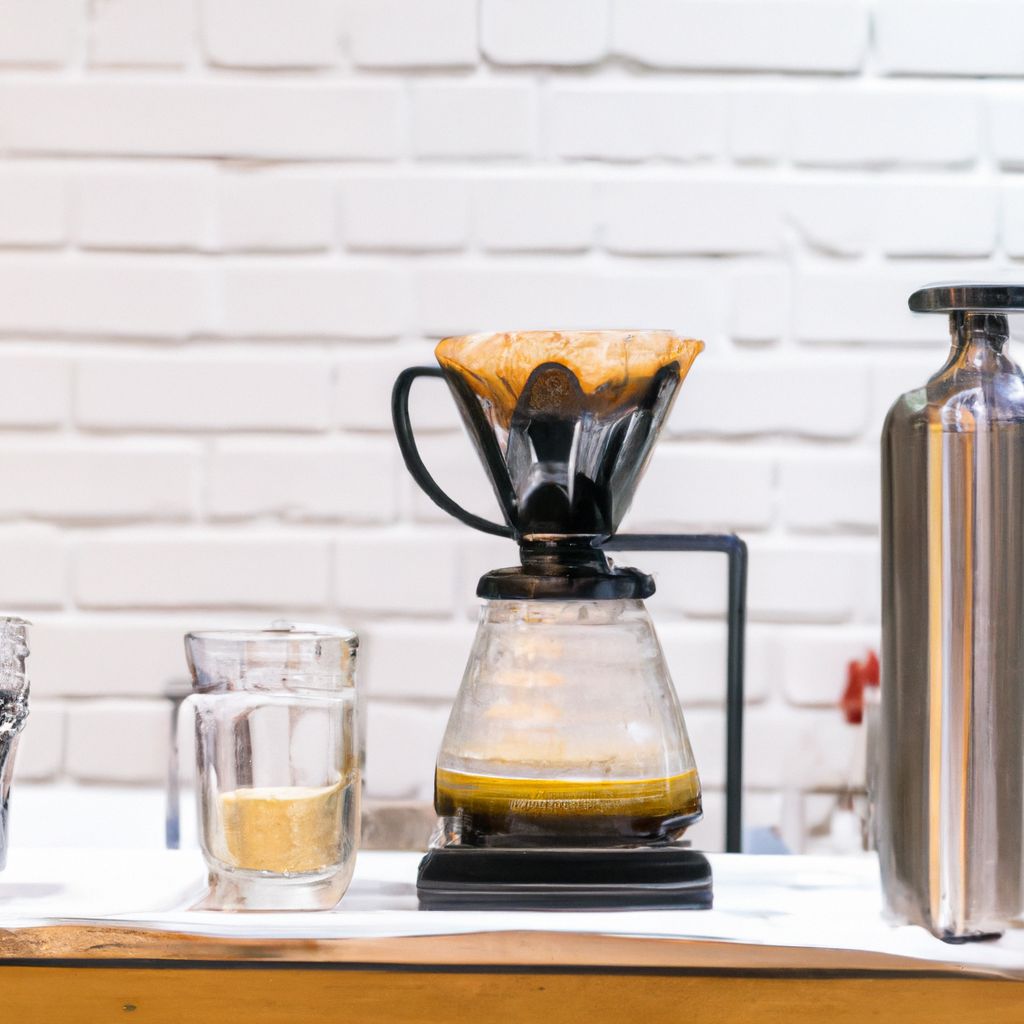
Brewing Techniques
How you brew your coffee can significantly influence its taste. Here's a guide to four popular coffee brewing techniques: espresso, pour over, French press, and cold brew. Each method requires different equipment and processes, leading to unique flavor profiles.
- Espresso
- Espresso is a concentrated form of coffee served in small, strong shots and is the base for many coffee drinks. It requires an espresso machine, which forces hot water through very finely ground coffee under high pressure. This process results in a full-bodied, richly flavored coffee.
- Pour Over
- Pour over coffee involves pouring hot water over coffee grounds in a filter. The water then drips through the coffee and filter into a carafe or mug. This method requires a pour over dripper, a filter, and a kettle with a long, narrow spout for precise pouring. Pour over coffee tends to have a clean taste and lets you control the brewing time and water temperature.
- French Press
- French press, also known as plunger coffee, involves steeping coffee grounds in hot water in a beaker. After a few minutes, a metal mesh plunger is pressed down to separate the grounds from the coffee. This technique results in a robust and full-flavored coffee. A French press and a timer are all you need for this method.
- Cold Brew
- Cold brew coffee is made by steeping coarse-ground beans in cold water for 12-24 hours. The resulting coffee is then strained, producing a concentrate that's often diluted with water or milk. Cold brew coffee is often sweet and smooth, with less acidity than hot-brewed coffee. A large jar and a fine mesh filter are the primary tools for making cold brew.
Each brewing technique offers a unique way to extract flavors from the coffee beans, providing a diverse range of tastes and experiences for coffee lovers.
Latte Art and Presentation

Latte Art and Presentation
Presentation plays a significant role in the coffee serving experience. It's not only about aesthetics but also about showcasing the barista's skill and dedication to their craft. A well-presented cup of coffee can enhance the overall experience, making the coffee even more enjoyable. One of the most common forms of coffee presentation is latte art.
Latte art is a method of pouring steamed milk into a shot of espresso in a way that creates a pattern or design on the surface of the latte. It's a beautiful fusion of science and skill, requiring an understanding of the properties of coffee and milk and the technical ability to pour it in a precise way.
- Creating Basic Latte Art
- Here's a step-by-step guide to creating a simple heart design, one of the most basic forms of latte art:
- 1. Prepare a shot of espresso in a large cup.
- 2. Steam the milk to the appropriate temperature (between 150-155 degrees Fahrenheit). The milk should be silky and slightly frothy, but not foamy.
- 3. Hold the cup at an angle, and start pouring the milk into the center of the espresso. Pour steadily and smoothly, not too fast or slow.
- 4. When the cup is about half full, shake the pitcher gently back and forth while continuing to pour. This should create a series of white blobs.
- 5. As the cup fills, move the pitcher back towards the center of the cup, pouring more slowly and raising it a little higher. This will cut through the blobs, creating a heart shape.
Creating latte art is a skill that takes practice, but when mastered, it can add a new level of enjoyment to the coffee experience.
Serving and Tasting Coffee
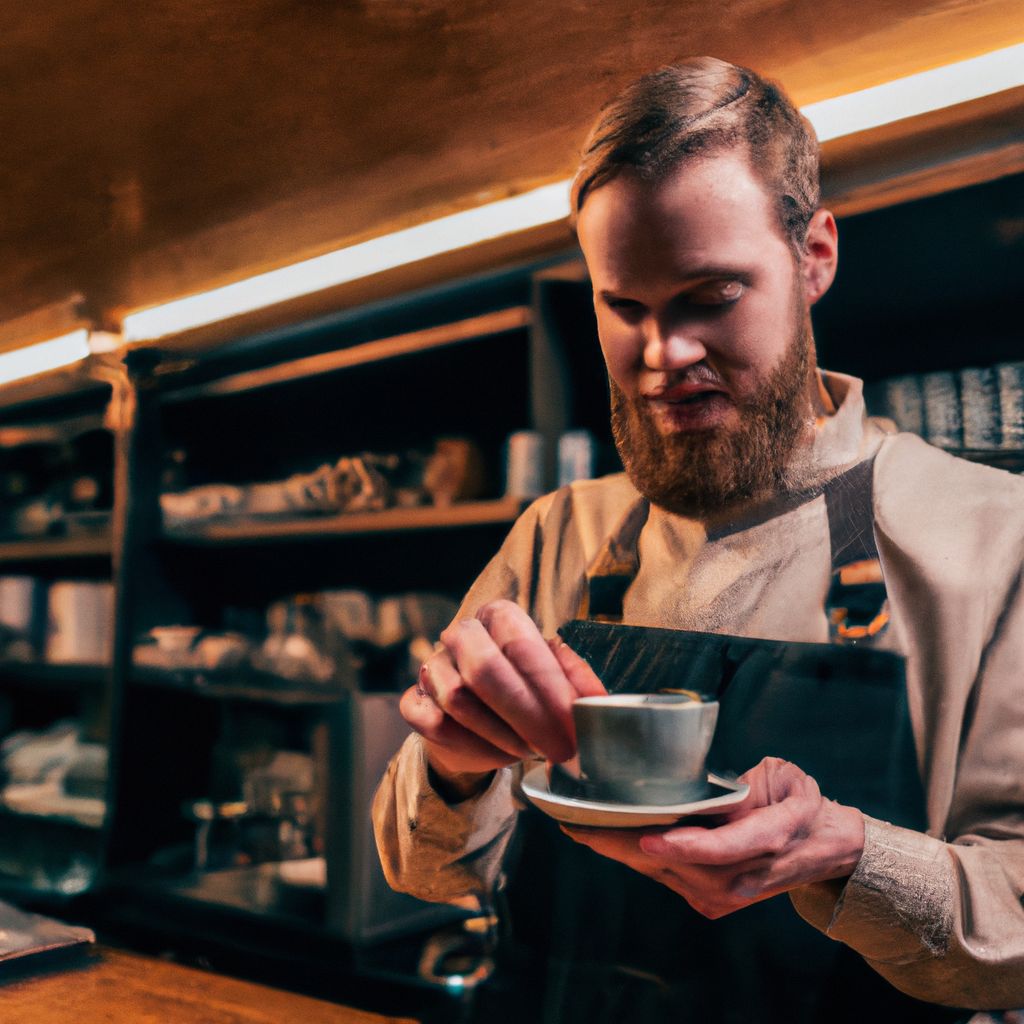
Serving and Tasting Coffee
The art of tasting coffee, often referred to as 'cupping', is a skill that professionals use to evaluate coffee quality. Like wine tasting, it involves assessing various aspects of the coffee, including its flavor, aroma, body, and acidity.
- Flavor
- Flavor refers to the taste of the coffee in your mouth. Coffee can have a wide range of flavors, from fruity and sweet to earthy and spicy. As you taste the coffee, try to identify specific flavors that stand out.
- Aroma
- Aroma is the smell of the coffee. It can often give you a hint of the coffee's flavor before you even taste it. Common coffee aromas include floral, fruity, chocolatey, and nutty.
- Body
- Body refers to the texture or mouthfeel of the coffee. It can range from light and delicate to heavy and full. The body can be influenced by factors such as the type of coffee bean, the roast level, and the brewing method.
- Acidity
- Acidity in coffee doesn't refer to its pH level but to the bright, tangy quality that coffee can have. It's often described as a lively, sparkling sensation on your tongue.
When it comes to serving coffee to customers, there are a few best practices to keep in mind:
- Temperature: Serve coffee at the right temperature. For most coffee drinks, this is around 180-185 degrees Fahrenheit.
- Presentation: Pay attention to presentation. A clean cup, a neat saucer, and a well-poured coffee or latte art can enhance the coffee experience.
- Timeliness: Serve coffee as soon as possible after brewing. Coffee is best enjoyed fresh, and its flavors can start to degrade as it cools.
Whether you're tasting coffee like a pro or serving it to customers, the key is to pay attention to the details. This can help you truly appreciate the complexity and beauty of coffee.
Coffee Pairings
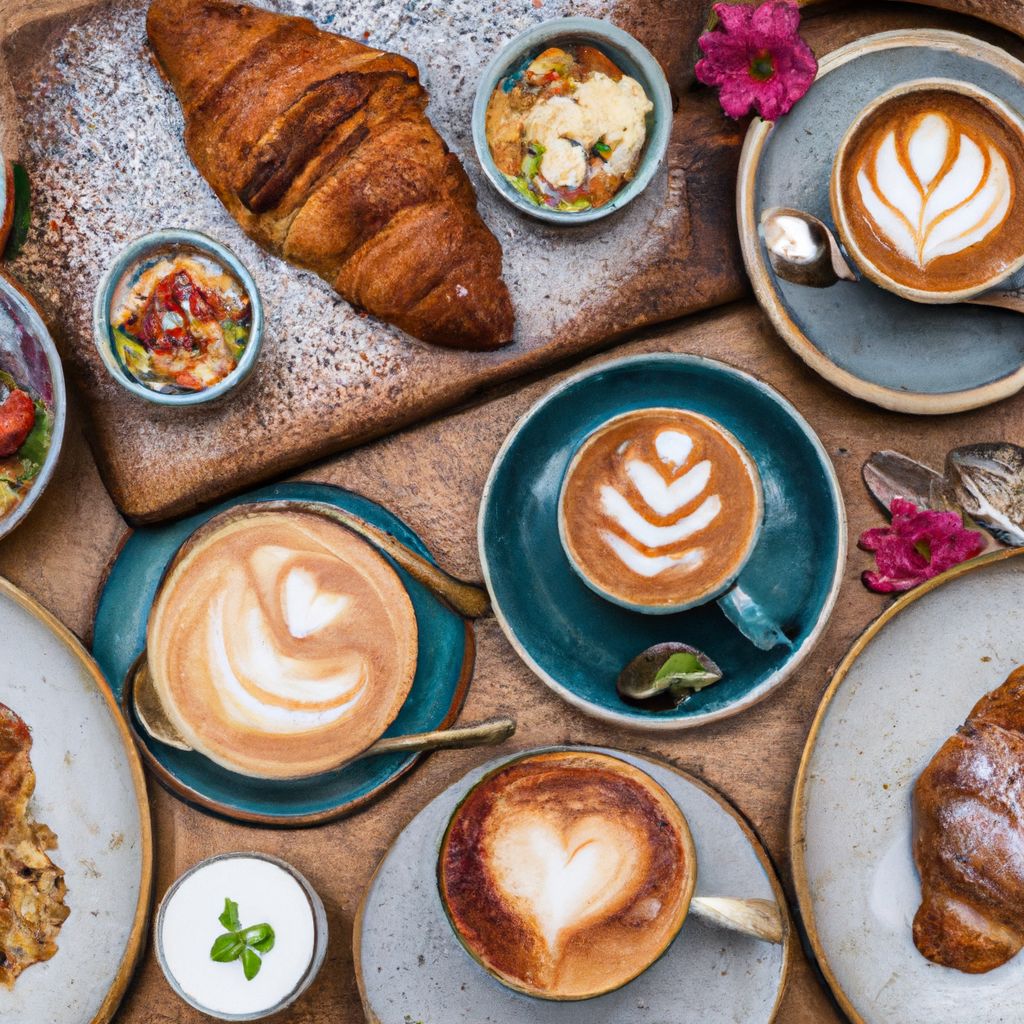
Coffee Pairings
Just as wine can be paired with certain foods to enhance its flavors, so too can coffee. Coffee and food pairings can be an exciting way to explore new flavors and get even more enjoyment out of your coffee experience. Here are a few suggestions for coffee and food combinations:
- Espresso and Dark Chocolate
- Espresso, with its robust and concentrated flavor, pairs well with dark chocolate. The bitterness of the chocolate can enhance the rich, full-bodied taste of the espresso.
- Medium Roast and Berry Pastries
- A medium roast coffee, which often has hints of fruit and acidity, can pair well with berry pastries or muffins. The sweet and tart flavors of the berries complement the coffee's fruity undertones.
- Light Roast and Croissants
- Light roast coffee, known for its subtle and delicate flavors, pairs wonderfully with a buttery croissant. The light, flaky pastry doesn't overpower the coffee's flavors but enhances its smoothness.
- Dark Roast and Grilled Cheese Sandwich
- Dark roast coffee, with its bold, intense flavors, can hold up well against a grilled cheese sandwich. The savory, salty cheese and the rich, smoky coffee create a satisfying flavor combination.
- Latte and Cinnamon Rolls
- The sweetness of a latte, especially if it’s flavored with vanilla or caramel, is a great match for a cinnamon roll. The sweet and spicy cinnamon roll complements the smooth, creamy latte perfectly.
These are just a few examples of coffee and food pairings. Experimenting with different combinations can lead to delightful discoveries and elevate your coffee-drinking experience.
Sustainability in Coffee Production
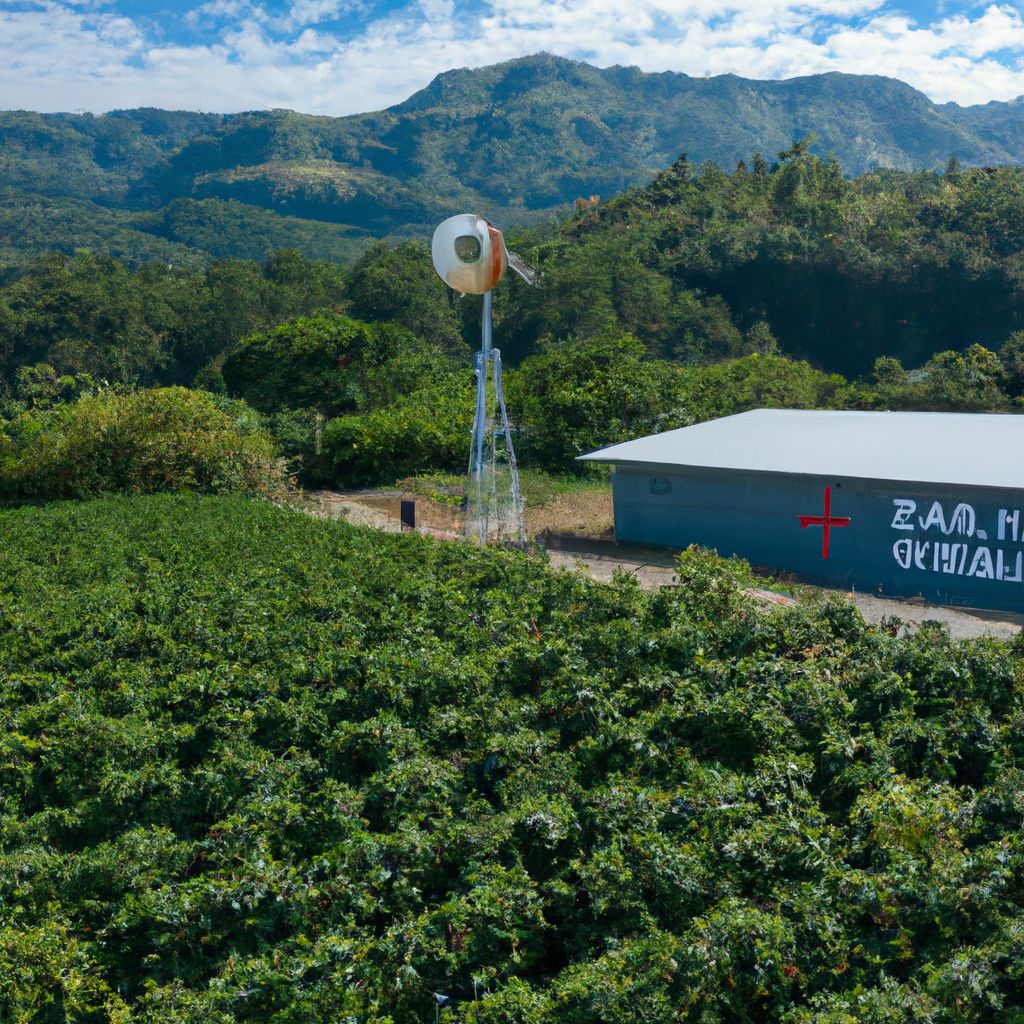
Sustainability in Coffee Production
Coffee is one of the world's most traded commodities, but its production can have a significant environmental impact. Deforestation, water consumption, and carbon emissions are among the environmental concerns linked to coffee production. Therefore, sustainable farming practices are crucial to reduce this impact and ensure the longevity of the industry.
Sustainable coffee farming practices can include shade-grown coffee cultivation, which helps to preserve native forest habitats and biodiversity, and organic farming methods that avoid synthetic pesticides and fertilizers. Additionally, water conservation techniques and the use of renewable energy sources can also contribute to sustainable coffee production.
Several brands and organizations are championing sustainability in the coffee industry. For instance, Rainforest Alliance and Fairtrade International certify coffee producers that adhere to strict environmental and social standards. Brands like Counter Culture Coffee and Intelligentsia Coffee work directly with farmers to ensure sustainable and fair practices.
Moreover, the Specialty Coffee Association has developed a sustainability center to promote sustainable development in the coffee industry through research, education, and advocacy.
By supporting these organizations and choosing sustainable coffee brands, consumers can contribute to a more sustainable coffee industry. After all, every cup of coffee we enjoy is dependent on a healthy planet.


